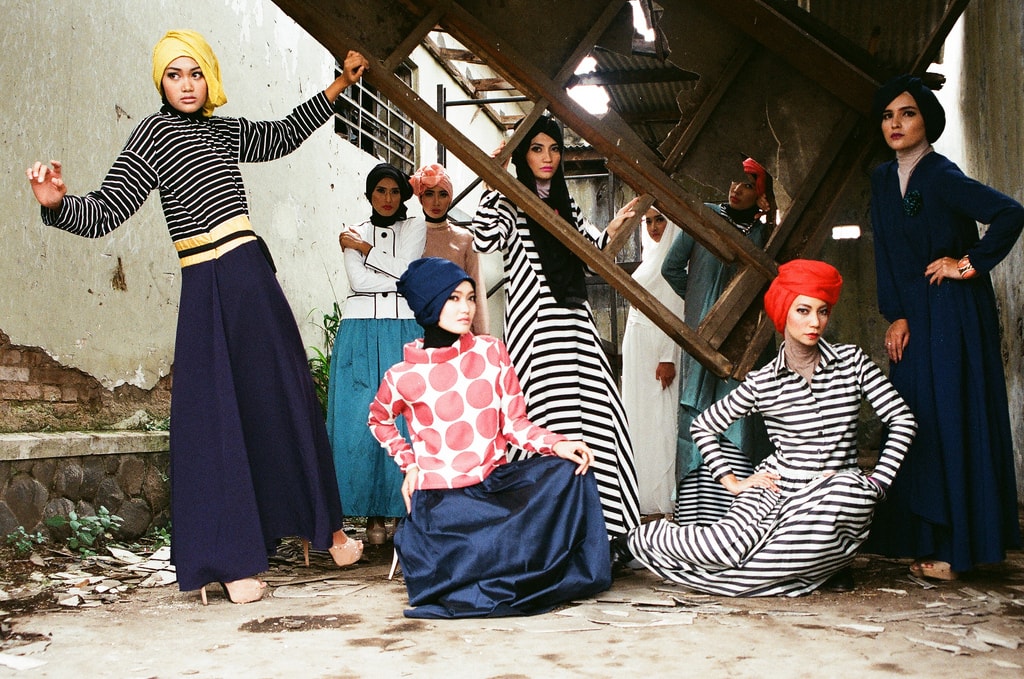Revealing the Rich Heritage of Eastern Style
Checking out the intricate tapestry of Eastern fashion unveils a world where tradition fulfills advancement, and craftsmanship links with social importance. From the extravagant silks of old empires to the elaborate needlework of nomadic tribes, each garment tells a tale that goes beyond time and boundaries, echoing the abundant heritage and artistic legacy of the East. As we peel off back the layers of background and tradition, a fascinating journey awaits, untangling the keys behind the fascinating allure and enduring impact of Eastern style on the global phase.
Origin of Eastern Style

In Mesopotamia, for example, the Sumerians and Babylonians developed garments utilizing natural leather, wool, and bed linen, adorned with complex patterns and precious jewelry. Old Egyptians are renowned for their advanced weaving skills and making use of light-weight, breathable fabrics like bed linen. Chinese fashion emphasized the significance of color significance and detailed needlework strategies, while Indian garments featured vivid colors, extravagant fabrics like silk and cotton, and elaborate drape designs such as the saree.
These old worlds not only influenced each other yet additionally led the means for the diverse and culturally rich tapestry that is modern Eastern fashion. With centuries of evolution, Eastern fashion continues to grow, blending custom with modern impacts to produce ageless and unique designs.
Cultural Influences and Practices
Drawing from centuries-old personalizeds and beliefs, cultural influences and traditions play a crucial function fit the essence of Eastern fashion (eastern wear pakistan). The rich tapestry of societies throughout Eastern regions such as Asia, the Center East, and Africa has actually heavily affected the garments designs, shades, textiles, and creates that prevail in Eastern style today
In countries like India, Japan, and China, standard garments like sarees, kimonos, and cheongsams remain to hold substantial cultural importance and are commonly adorned with complex needlework or symbolic patterns that mirror ingrained ideas and values. Similarly, in Center Eastern nations, the moving abayas and kaftans used by guys and ladies not just work as small clothing however likewise show the area's cultural heritage and Islamic traditions.
Additionally, the usage of certain shades like red forever luck in Chinese society or intricate geometric patterns influenced by Islamic architecture even more exemplify just how social influences manifest in Eastern style - eastern wear pakistan. By honoring and preserving these cultural influences and practices, Eastern style remains to progress while remaining real to its rich heritage
Advancement of Eastern Apparel
In time, Eastern garments have undertaken significant changes, reflecting a blend of tradition and modernity in their design and design. Conventional Eastern garments such as the saree, salwar, hanbok, and robe kameez have actually advanced to include modern components while preserving their cultural significance.
One notable development is using innovative materials and techniques in Eastern garment construction. Traditional handwoven fabrics like silk and cotton have been enhanced with modern materials such as polyester and blends, using boosted sturdiness and convenience of care. Additionally, innovations in printing modern technologies have actually allowed elaborate patterns and styles to be integrated into Eastern garments with precision and detail.
Additionally, modifications in shape and tailoring have modernized Eastern outfit, making them extra versatile and appropriate for varied celebrations. Conventional outfit codes have actually relaxed, Read More Here enabling trial and error with styles, decorations, and shades. This advancement has not just made Eastern garments more appealing and easily accessible to a global target market but has also guaranteed their continued relevance in modern style landscapes.
Importance in Eastern Clothes
Checking out the deep-rooted cultural value woven right into Eastern outfit introduces an abundant tapestry of symbolism and practice. Eastern garments are often imbued with icons that reflect the wearer's social condition, religious ideas, and cultural identity.
In addition, specific garments hold symbolic definitions. Its style, textile, and even the method it is worn all carry deep social significance.

Influence of Eastern Fashion Today
The unification of Eastern aspects in Western style has actually led to a combination of designs that provide to varied preferences and choices (eastern wear pakistan). Developers typically draw motivation from Eastern patterns, shapes, and fabrics, producing one-of-a-kind and innovative items that blend standard and modern-day aesthetics. This cross-cultural exchange has not just rejuvenated the apparel industry however likewise fostered a much deeper recognition for Eastern heritage and craftsmanship
In addition, the increase of social media sites and digital platforms has better enhanced the impact of Eastern fashion, allowing brands and designers to reach a wider target market and display their social heritage to the globe. Through partnerships, style shows, and on-line campaigns, Eastern style proceeds to develop and flourish in today's vibrant and interconnected international landscape.
Verdict
Finally, the abundant heritage over here of Eastern style is a testament to the social impacts, complex craftsmanship, and profound meaning embedded in each garment. From old civilizations to modern interpretations, Eastern fashion proceeds to captivate with its special blend of custom and technology. The impact of Eastern style today works as a reminder of the timeless style and artistic expression that have made it an international phenomenon commemorated for its rich social heritage.
Exploring the detailed tapestry of Eastern style reveals a world where practice satisfies technology, and workmanship links with social meaning.The sustaining meaning and social relevance embedded in Eastern clothes proceed to shape and affect the modern impact of Eastern about his style today. Eastern style has gone beyond borders, becoming an international sensation accepted by developers, stars, and style fanatics worldwide.In final thought, the abundant heritage of Eastern style is a testimony to the cultural influences, complex craftsmanship, and extensive significance installed in each garment. The impact of Eastern style today serves as a tip of the timeless sophistication and artistic expression that have actually made it a worldwide sensation commemorated for its rich cultural heritage.